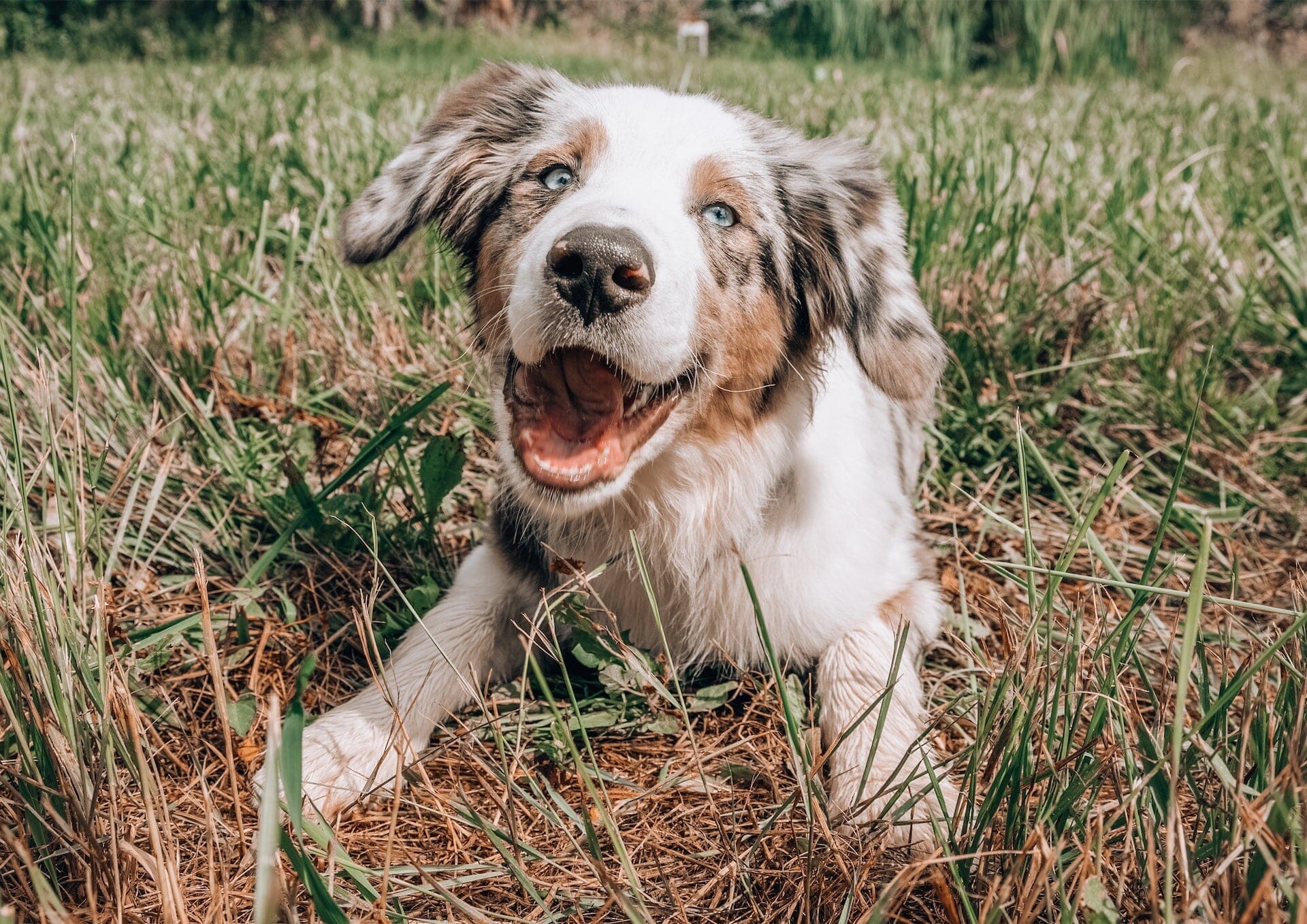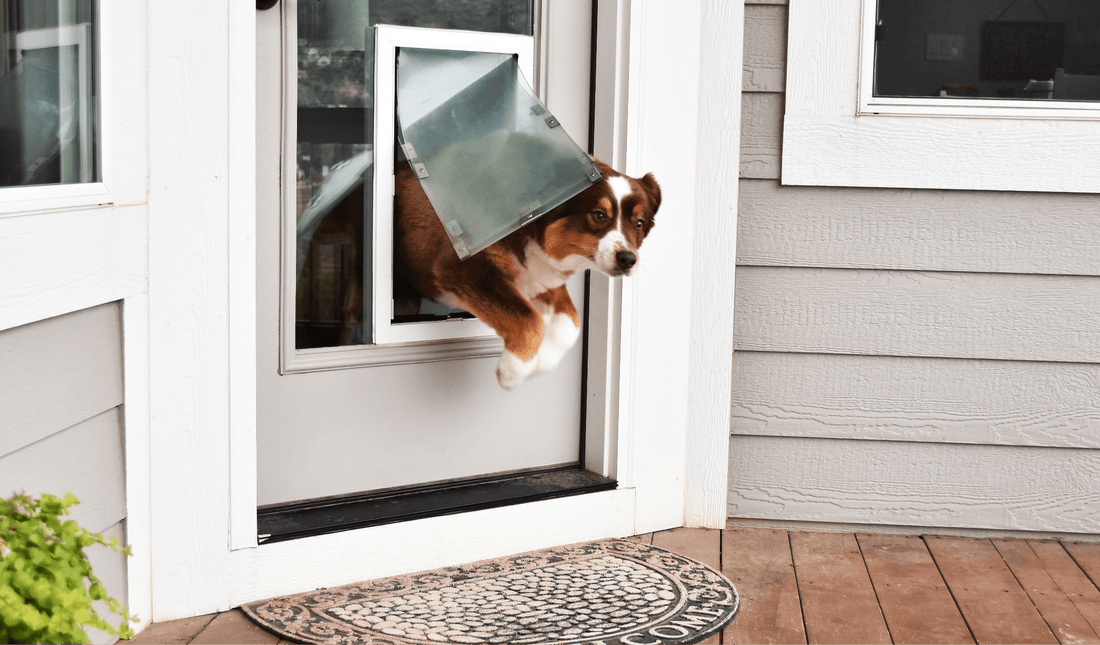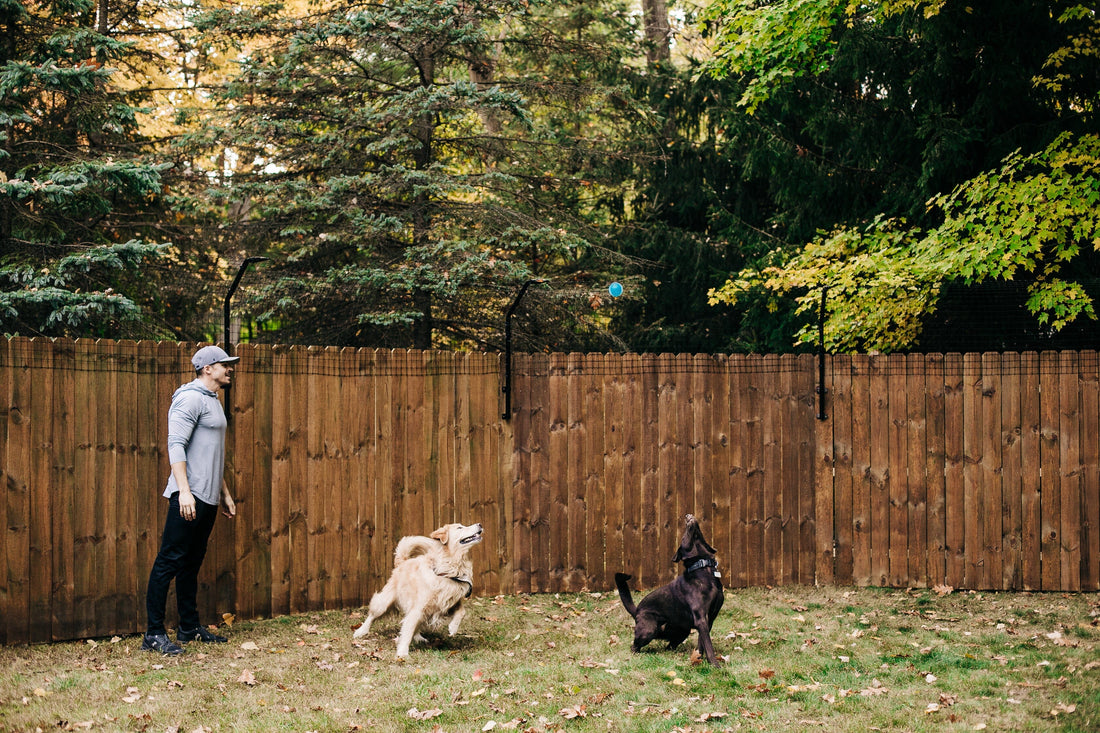As dog owners, we want the best for our pets, and that includes keeping them safe and comfortable in our outdoor spaces. Whether you have a spacious backyard or enjoy outdoor adventures with your dog, it's important to be aware of potential hazards and take preventive measures to ensure their well-being. In this comprehensive guide, we'll explore various aspects of outdoor dog safety, from creating a dog-friendly yard to protecting them from heat, pests, and other dangers. Let's dive in and discover how to keep your outdoor dog safe and happy.
Creating a Safe and Secure Yard
When it comes to outdoor dog safety, creating a safe and secure yard is paramount. By taking certain precautions, you can provide a space where your dog can freely explore without exposing them to potential hazards. Let's look at some key considerations for a dog-friendly yard:
Ensure Your Fence is Secure
One of the first steps in creating a safe yard for your dog is installing and maintaining a secure fence. A fence acts as a barrier, preventing your dog from straying too far and keeping other animals out. Opt for a sturdy and escape-proof fence that is tall enough to prevent your dog from jumping over. Regularly inspect the fence for any gaps, loose boards, or other potential escape routes. It’s easy to dog-proof an existing fence to increase the height, cover wide fence gaps, or add a no-dig barrier.
Fencing Off Unsafe Areas
In addition to a secure fence, it's important to fence off any areas within your yard that could risk your dog’s safety or the destruction of sensitive areas such as pools, ponds, and gardens. Pools and ponds can be a significant danger for dogs, as they may accidentally fall in and struggle to swim to safety. If you live in a cold climate and these freeze over in the winter, that could pose a huge threat if your dog walks on the ice and breaks through. Install a fence and/or a pet safety cover to keep your dog out of the pool area when unsupervised. If fencing off your pool is not an option, consider installing a dog ladder for your swimming pool to provide a safe and secure option for your dog to exit the pool from.
Similarly, gardens may contain plants that are toxic to dogs or pose a choking hazard. There could also be harmful chemicals such as pesticides, herbicides and fertilizers that your god could potentially gain access to. Consider creating a separate fenced area for your garden or using raised beds to keep your dog from accessing these potentially dangerous areas, and to protect hours of hard work that go into gardening.
Eliminating Hazards
Regularly inspect your yard for potential hazards that could harm your dog. Remove any sharp objects, such as glass, wire and wood with nails, that could cause injuries. Keep chemicals, including pesticides and fertilizers, securely stored in areas inaccessible to your dog. Additionally, be mindful of any toxic plants or flowers in your yard and remove them if necessary.
Protecting Your Dog from the Elements
Weather conditions can significantly impact your dog's well-being, so it's essential to protect them from extreme temperatures and other elements. Here are some tips for keeping your dog safe and comfortable in different weather conditions:
Heat Safety
Hot weather can pose serious risks to dogs, including heatstroke and burned paw pads. Take the following precautions to help your dog beat the heat:
- Provide ample shade: Create shaded areas in your yard where your dog can seek relief from the sun's rays. Trees, canopies, or even a doghouse with proper ventilation can serve as shady spots.
- Keep them hydrated: Always provide fresh, cool water for your dog to drink. Consider using an insulated bowl to keep the water cool for longer periods.
- Limit exercise during peak heat: Avoid exercising your dog strenuously during the hottest parts of the day. Opt for early morning or evening walks when temperatures are cooler.
- Protect their paws: Hot asphalt or sand can burn your dog's paw pads. Stick to grassy areas or invest in booties to protect their feet during walks on hot surfaces.
Cold Weather Precautions
Cold weather brings its own set of challenges for outdoor dogs. Follow these tips to ensure your dog stays warm and comfortable during the winter months:
- Provide shelter: Make sure your dog has access to a warm and insulated shelter, such as a doghouse or a heated outdoor kennel. Ensure the shelter is elevated off the ground and has proper bedding to keep your dog cozy. If possible, install a dog door that accesses a protected space such as a garage or utility room.
- Dress for the weather: Some dogs, especially those with short hair or little body fat, may benefit from wearing a dog sweater or jacket to stay warm during walks or outdoor playtime.
- Watch for signs of hypothermia: Monitor your dog for signs of hypothermia, such as shivering, lethargy, or disorientation. Bring them indoors if they show any signs of being too cold.
Protecting Against Pests and Diseases
Outdoor environments expose dogs to various pests and diseases that can pose health risks. Here's how you can protect your furry friend from these potential dangers:
Flea, Tick, and Mosquito Prevention
Fleas, ticks, and mosquitoes can transmit diseases and cause serious illness or discomfort for your dog. Take the following preventive measures:
- Use flea and tick prevention products recommended by your veterinarian. These may include topical treatments, collars, or oral medications.
- Keep your dog's environment clean and well-maintained to reduce the risk of infestations.
- Minimize exposure to areas where pests are prevalent, such as tall grass or wooded areas by installing dog-proof fencing to restrict access.
- Consider using pet-safe insect repellents or natural alternatives to provide additional protection against mosquitoes and other biting insects.
Vaccinations and Regular Check-ups
Ensure your dog's vaccinations are up to date, especially during the summer months when they may come into contact with other animals. Regular check-ups with your veterinarian can help detect and prevent any potential health issues.
Conclusion
Ensuring the safety and well-being of your outdoor dog is essential for their overall health and happiness. By implementing these outdoor dog safety measures, you can create a secure environment where your furry friend can enjoy the great outdoors without unnecessary risks. Remember to regularly assess your dog's needs and adapt your safety precautions accordingly. With proper care, you can provide your dog with a safe and enjoyable outdoor experience all year round.
Remember, protecting your dog in the backyard involves more than just fencing. It's about creating a space where they can thrive and enjoy the outdoors while minimizing potential dangers. By following these guidelines, you can provide a safe and comfortable environment for your outdoor dog.






